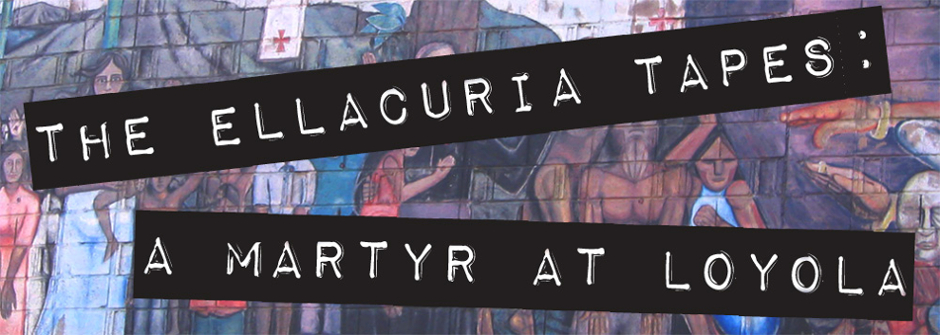Global Context
The murder of Fr. Ellacuría, his fellow Jesuits, and two lay women in El Salvador in 1989 took place within the larger context of the Salvadoran Civil War and the Cold War. To fully understand the murders, we look back over the 20th century to examine the history of El Salvador and the Cold War.
The Cold War lasted roughly 40 years, from the end of World War II to the collapse of the Soviet Union in the 1990s. Two new superpowers emerged from the destruction of World War II – the United States and the USSR. Threat of mutual destruction made direct war unfeasible. Instead, the opposing superpowers fought an indirect ideological war through international diplomacy and proxy wars, especially in developing regions like Latin America. These regions would be the battle ground for competing Soviet and U.S. influence.
Among the greatest catalysts for the Cold War were ideological differences. The opposing systems of communism and capitalism seemed irreconcilable – the spread of one meant the destruction of the other. Both nations believed that their system was superior and that it was their duty to expand their values worldwide.
The U.S. became heavily involved in ideological, economic, and occasionally direct warfare in Latin America. The communist revolution in Cuba and Fidel Castro’s rise to power in 1959 prompted the Kennedy administration to fund an unsuccessful invasion, driving Castro to seek Soviet aid. When the Soviet Union placed nuclear missiles in Cuba, the superpowers reached an agreement to avoid full-scale nuclear war. Once the U.S. government ended the costly and unpopular Vietnam War, President Nixon pursued a strategy of détente in order to curb nuclear stockpiling.
The 1980s marked the final stage of the Cold War. Internally, the Soviet government faced political unrest and upheaval. Externally, President Reagan enacted his Grand Strategy to outspend the Soviets militarily. These factors contributed to the dissolution of the Soviet Union in 1991. While the Cold War subsided for the major powers, conflict in Central America reached a boiling point.
